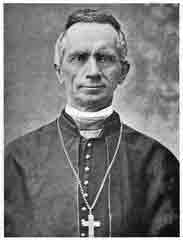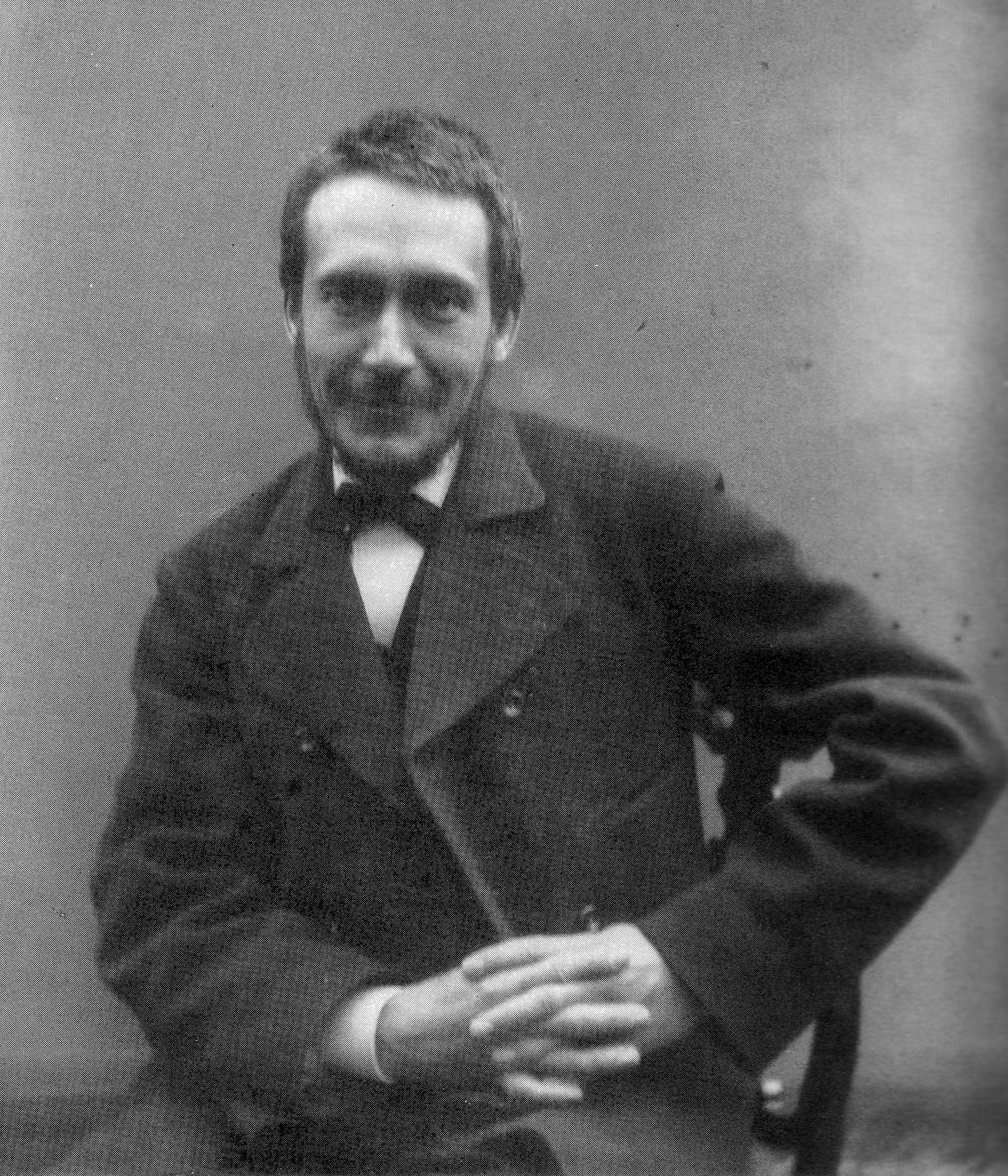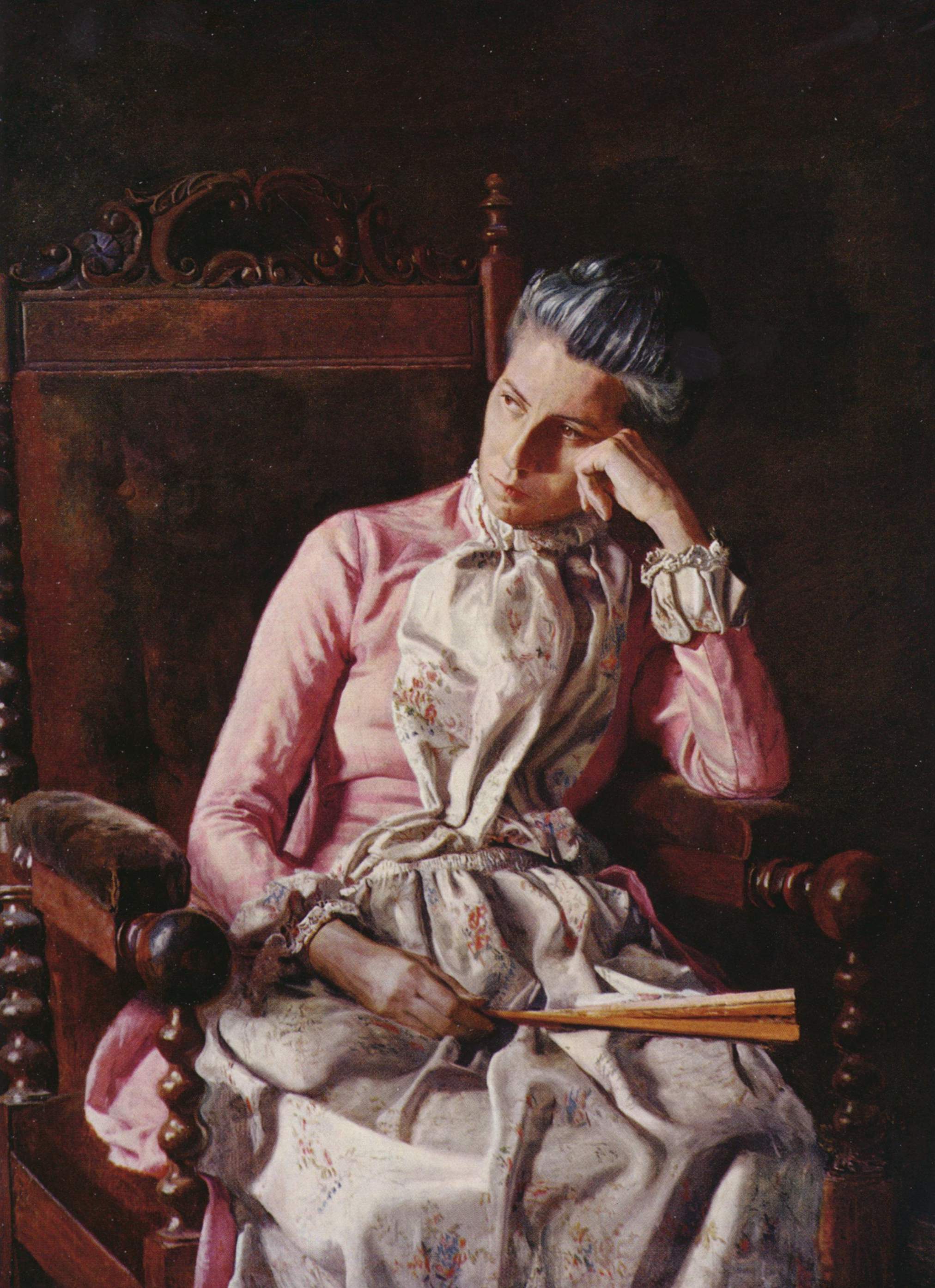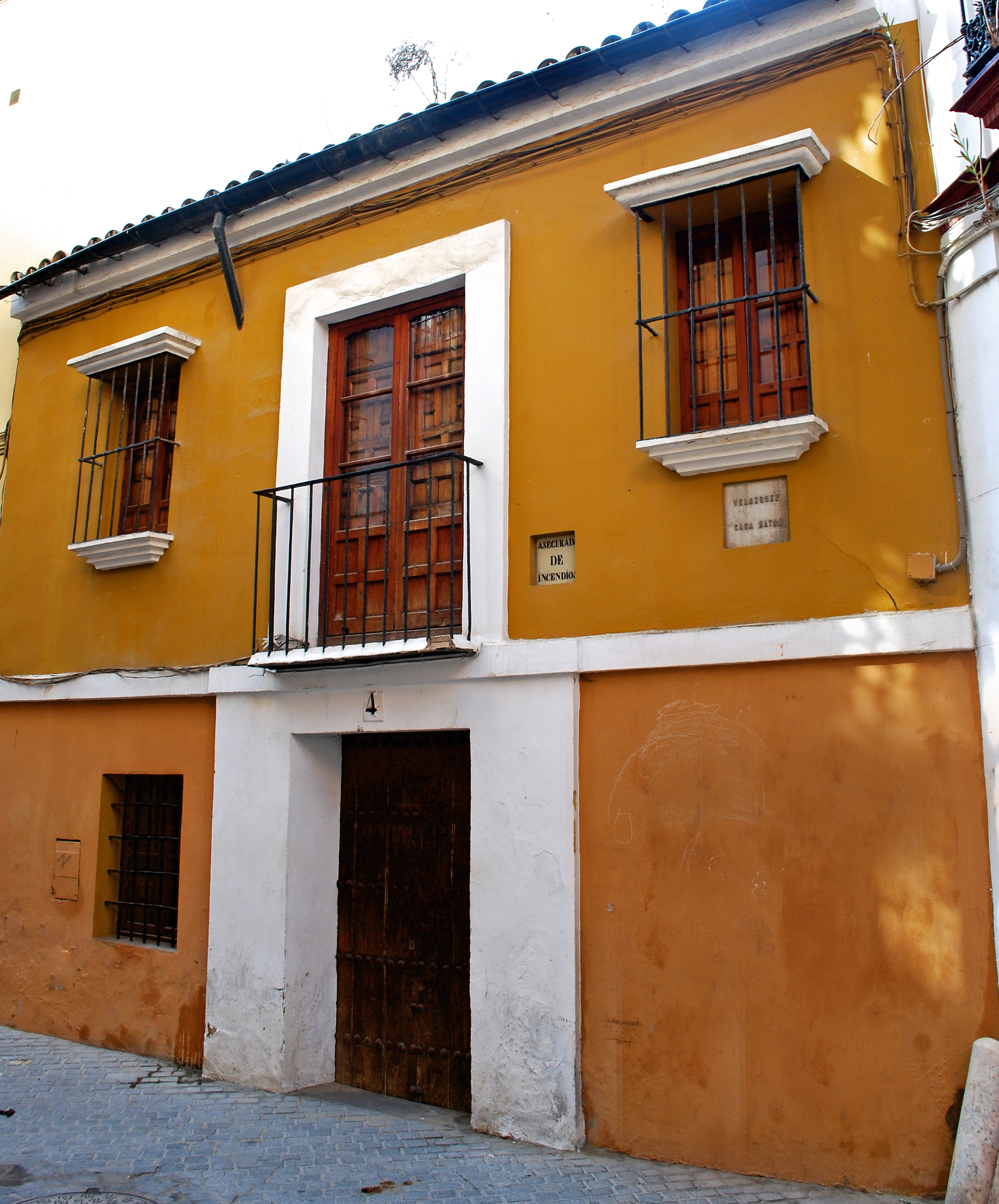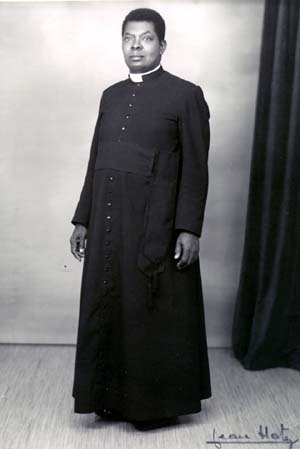|
Archbishop William Henry Elder (Eakins)
''Archbishop William Henry Elder'' is a 1903 oil portrait by the American artist Thomas Eakins depicting the Archbishop of Cincinnati William Henry Elder, one of a series of portraits of Catholic clergy Eakins undertook late in his career. In this psychologically probing portrait, Eakins depicts the stoic Elder, frail but still imposing at 84, confronting his own mortality. The painting, which Eakins considered "one of my best", was awarded the Temple Gold Medal by the Pennsylvania Academy of Fine Arts. Eakins famously had the medal melted down out of spite, bitter over his forced resignation from the Academy 18 years beforehand. It is currently in the collection of the Cincinnati Art Museum, which purchased it in 1978. Background In the final decade of his active career (c. 1900–1910), Thomas Eakins painted a series of portraits of Catholic clergy. In all over a dozen clergy sat for Eakins, more than any other single profession.McFeely 179 The series came about through Ea ... [...More Info...] [...Related Items...] OR: [Wikipedia] [Google] [Baidu] |
Thomas Eakins
Thomas Cowperthwait Eakins (; July 25, 1844 – June 25, 1916) was an American Realism (visual arts), realist painter, photographer, sculptor, and fine arts educator. He is widely acknowledged to be one of the most important American artists. For the length of his professional career, from the early 1870s until his health began to fail some 40 years later, Eakins worked exactingly from life, choosing as his subject the people of his hometown of Philadelphia. He painted several hundred portraits, usually of friends, family members, or prominent people in the arts, sciences, medicine, and clergy. Taken ''en masse'', the portraits offer an overview of the intellectual life of contemporary Philadelphia of the late 19th and early 20th centuries. In addition, Eakins produced a number of large paintings that brought the portrait out of the drawing room and into the offices, streets, parks, rivers, arenas, and surgical amphitheaters of his city. These active outdoor venues allowed ... [...More Info...] [...Related Items...] OR: [Wikipedia] [Google] [Baidu] |
National Gallery Of Art
The National Gallery of Art is an art museum in Washington, D.C., United States, located on the National Mall, between 3rd and 9th Streets, at Constitution Avenue NW. Open to the public and free of charge, the museum was privately established in 1937 for the American people by a joint resolution of the United States Congress. Andrew W. Mellon donated a substantial art collection and funds for construction. The core collection includes major works of art donated by Paul Mellon, Ailsa Mellon Bruce, Lessing J. Rosenwald, Samuel Henry Kress, Samuel Henry Kress#Biography, Rush Harrison Kress, Peter Arrell Browne Widener, Joseph E. Widener, and Chester Dale. The Gallery's collection of paintings, drawings, prints, photographs, sculpture, medals, and decorative arts traces the development of Western art from the Middle Ages to the present, including the only painting by Leonardo da Vinci in the Americas and the largest mobile created by Alexander Calder. The Gallery's campus includes the ... [...More Info...] [...Related Items...] OR: [Wikipedia] [Google] [Baidu] |
Edward Hornor Coates
Edward Hornor Coates (November 12, 1846 – December 23, 1921) was an American businessman, financier, and patron of the arts and sciences in Philadelphia. He served as a director of the Mechanics National Bank in 1873, was chairman of the Committee on Instruction at the Pennsylvania Academy of the Fine Arts from 1883 to 1890, and held the position of Academy president from 1890 to 1906. Early life and education Coates was born on November 12, 1846, in Philadelphia, the son of Joseph Potts Hornor Coates and Eliza Henri Troth, a family of Quakers. He attended Haverford College in Haverford, Pennsylvania, where he graduated in 1864. Career Painter John McLure Hamilton, in a chapter about Coates from his book '' Men I Have Painted'' (1921), describes Coates' tenure at the Pennsylvania Academy of the Fine Arts: The reign of Mr. Coates at the Academy marked the period of its greatest prosperity. Rich endowments were made to the schools, a gallery of national portraiture wa ... [...More Info...] [...Related Items...] OR: [Wikipedia] [Google] [Baidu] |
Amelia Van Buren
Amelia C. Van Buren ( – 1942) was an American photographer. A noted portrait photographer, she was a student of Thomas Eakins, and the subject of his c. 1891 painting '' Miss Amelia Van Buren'', regarded as one of his finest works. Pennsylvania Academy of the Fine Arts Van Buren was born in Detroit, Michigan. Both her parents died sometime prior to 1884, when she began attending the Pennsylvania Academy of the Fine Arts. She had already been exhibiting her artwork in Detroit for at least four years prior to attending the Academy. Her talent soon led Eakins to tutor her personally, including controversial lessons using nude models, male and female. In 1885–86, several of Eakins's former art students (including Thomas Pollock Anshutz and Colin Campbell Cooper) conspired to have Eakins fired from the Pennsylvania Academy of Fine Arts. They approached the Academy's Committee on Instruction, and made numerous charges against Eakins. They alleged that Eakins had used female s ... [...More Info...] [...Related Items...] OR: [Wikipedia] [Google] [Baidu] |
Portrait Of Innocent X
''Portrait of Pope Innocent X'' is an oil on canvas portrait by the Spanish painter Diego Velázquez, created during a trip to Italy around 1650. Many artists and art critics consider it the finest portrait ever created. It is housed in the Galleria Doria Pamphilj in Rome. A smaller version is held by the Metropolitan Museum of Art in New York, and a study is on display at Apsley House in London. The painting is noted for its realism as an unflinching portrait of a highly intelligent, shrewd, and aging man. He is dressed in linen vestments, and the quality of the work is evident in the rich reds of his upper clothing, head-dress, and the hanging curtains. The pope, born Giovanni Battista Pamphilj, was initially wary of sitting for Velázquez, but relented after he was shown reproductions of portraits by the artist. A contributing factor for this large advancement in the painter's career was that he had already depicted a number of members of Pamphilj's inner court. The pope, how ... [...More Info...] [...Related Items...] OR: [Wikipedia] [Google] [Baidu] |
Diego Velázquez
Diego Rodríguez de Silva y Velázquez (baptised 6 June 15996 August 1660) was a Spanish painter, the leading artist in the Noble court, court of King Philip IV of Spain, Philip IV of Spain and Portugal, and of the Spanish Golden Age. He is generally considered one of the greatest artists in the history of Art of Europe, Western art. He was an individualistic artist of the Baroque period (). He began to paint in a precise Tenebrism, tenebrist style, later developing a freer manner characterized by bold brushwork. In addition to numerous renditions of scenes of historical and cultural significance, he painted scores of portrait painting, portraits of the Spanish royal family and commoners, culminating in his masterpiece (1656). Velázquez's paintings became a model for 19th century realism (art movement), realist and impressionism, impressionist painters. In the 20th century, artists such as Pablo Picasso, Salvador Dalí, and Francis Bacon (artist), Francis Bacon paid trib ... [...More Info...] [...Related Items...] OR: [Wikipedia] [Google] [Baidu] |
Biretta
The biretta () is a square cap with three or four peaks or horns, sometimes surmounted by a tuft. Traditionally the three-peaked biretta is worn by Christian clergy, especially Catholic Church hierarchy, Roman Catholic clergy, as well as some Lutheran and Anglican clergy. A four-peaked biretta is worn as academic dress (but not liturgically) by those holding a doctoral degree from a pontifical faculty or pontifical university or faculty. Occasionally the biretta is worn by legal professionals, for instance advocates in the Channel Islands or judges in some Polish courts. Origins The origins of the biretta are uncertain. It is mentioned as early as the tenth century. One possible origin is the academic cap of the high Middle Ages, which was soft and square. This is also the ancestor of the modern mortarboard used today in secular universities. The biretta seems to have become more widely used as an ecclesiastical vestment after the synod of Bergamo, 1311, ordered the clergy ... [...More Info...] [...Related Items...] OR: [Wikipedia] [Google] [Baidu] |
Cassock
The cassock, or soutane, is a Christian clerical clothing, clerical coat used by the clergy and Consecrated life, male religious of the Oriental Orthodox Churches, Eastern Orthodox Church and the Catholic Church, in addition to some clergy in certain List of Protestant denominations, Protestant denominations such as Anglicanism, Anglicans and Lutheranism, Lutherans. "Ankle-length garment" is the literal meaning of the corresponding Latin term, . It is related to the Religious habit, habits traditionally worn by nuns, monks, and friars. The cassock derives historically from the tunic of classical antiquity that in ancient Rome was worn underneath the toga, and the Chiton (garment), chiton that was worn beneath the himation in ancient Greece. In religious services, it has traditionally been worn underneath vestments, such as the alb. In the West, the cassock is little used today except for religious services, save for Traditionalist Catholicism, traditionalist and those other C ... [...More Info...] [...Related Items...] OR: [Wikipedia] [Google] [Baidu] |
Frank Wilbert Stokes
Frank Wilbert Stokes, also known as Frank Stokes, Frank W. Stokes and F. W. Stokes , Smithsonian American Art Museum, Stokes entry (November 27, 1858 – 1955) Cybermuse Beaux-Arts, Stokes entry was an American Sketch (drawing), sketch artist and Painting, painter who specialized in illustrations of arctic and antarctic themes. A large collection of his works is now in the Smithsonian Institution, Smithsonian American Art Museum. Biography Stokes was born in Nashville, Tennessee, Nashville, Tennessee, United States in 1858. He studied art at the Pennsylvania Academy of the Fine Arts under Tho ...[...More Info...] [...Related Items...] OR: [Wikipedia] [Google] [Baidu] |
Henry K
Henry may refer to: People and fictional characters * Henry (given name), including lists of people and fictional characters * Henry (surname) * Henry, a stage name of François-Louis Henry (1786–1855), French baritone Arts and entertainment * ''Henry'' (2011 film), a Canadian short film * ''Henry'' (2015 film), a virtual reality film * '' Henry: Portrait of a Serial Killer'', a 1986 American crime film * ''Henry'' (comics), an American comic strip created in 1932 by Carl Anderson * "Henry", a song by New Riders of the Purple Sage Places Antarctica * Henry Bay, Wilkes Land Australia * Henry River (New South Wales) * Henry River (Western Australia) Canada * Henry Lake (Vancouver Island), British Columbia * Henry Lake (Halifax County), Nova Scotia * Henry Lake (District of Chester), Nova Scotia New Zealand * Lake Henry (New Zealand) * Henry River (New Zealand) United States * Henry, Illinois * Henry, Indiana * Henry, Nebraska * Henry, South Dakota * Henry County ( ... [...More Info...] [...Related Items...] OR: [Wikipedia] [Google] [Baidu] |
John Baptist Purcell
John Baptist Purcell (February 26, 1800 – July 4, 1883) was an American prelate of the Catholic Church. He served as Bishop of Cincinnati from 1833 to his death in 1883, and he was elevated to the rank of archbishop in 1850. He formed the basis of Father Ferrand, the Ohio-based "Irish by birth, French by ancestry" character in the prologue of Willa Cather's historical novel '' Death Comes for the Archbishop'' who goes to Rome asking for a bishop for New Mexico Territory. Early life and education John Baptist Purcell was born at Mallow, County Cork, Ireland on February 26, 1800, the son of Edward and Johanna Purcell who gave their children all the advantages of the education attainable at a time when the penal laws were less rigorously enforced. Purcell decided to seek higher education in the United States. Landing at Baltimore, Maryland, he soon obtained a teacher's certificate at Asbury College. He spent a year giving lessons as private tutor in some of the prominent fam ... [...More Info...] [...Related Items...] OR: [Wikipedia] [Google] [Baidu] |
